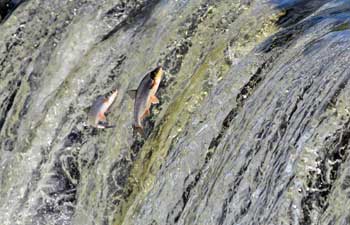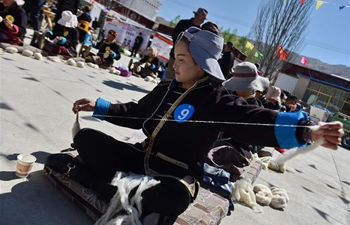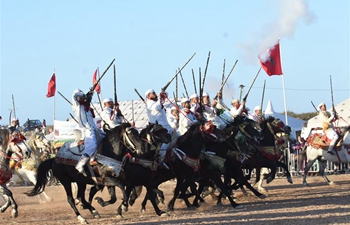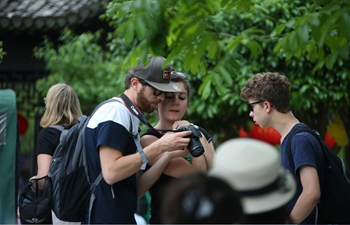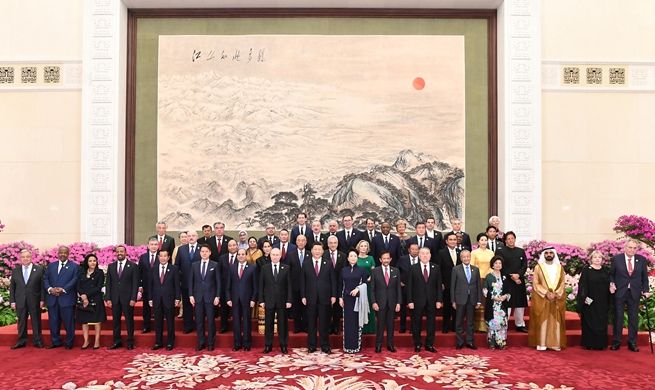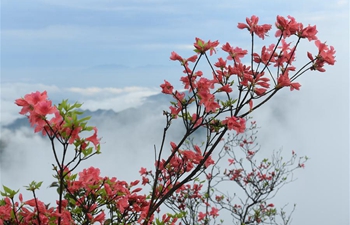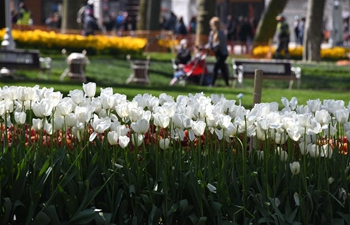SAN FRANCISCO, April 27 (Xinhua) -- Chinese workers have helped build some iconic sites in Stanford University, including the Oval, the Palm Drive, and Lake Lagunita, which is a hidden history that many don't know, a Stanford archaeologist told Xinhua in a recent interview.
Megan Victor, a postdoctoral scholar at Stanford Archaeology Center, is collaborating with a team of researchers to uncover the forgotten history of Chinese migrants that worked for Leland Stanford on his Palo Alto Stock Farm, which is now the Stanford campus.
The Stanford Campus was once a ranch owned by Leland Stanford. After his only son, Leland Stanford Junior, died from typhoid in a trip to Europe, Leland and Jane Stanford donated a portion of their Palo Alto Stock Farm to build a university named after their beloved son.
Evidence showed when the property was still a stock farm, the Stanford family employed Chinese laborers to work in vineyards and winery operations, and to build and maintain the orchards and gardens.
Lake Lagunita was likely dug by the Chinese workers in the 1870s. After construction of the Stanford University campus began in 1885, the Chinese workers planted every palm tree on Palm Drive, dug and planted the Oval and likely planted the gardens in the Main Quadrangle.
"At any given time during the operation of the Palo Alto Stock Farm, there were between 12 and 300 Chinese workers employed by the Stanfords," said Victor. Working now in the Stanford Arboretum, she and other archaeologists have found one of the labor quarters that used to house the Chinese workers.
Archaeologists hand-excavated Chinese ceramics and food remains that were typical of Chinese-style meals from a Chinese labor quarter in the spring of 2017, further confirming the historical records of a Chinese occupation site in the vicinity.
Documentary evidence in the archives found that Leland Stanford paid the Chinese workers as much as the white ones, which was rare against the backdrop of anti-Chinese sentiments among the American society in the late 19th century.
"The Stanfords hired workers based on their skills, regardless of whether they were white or Chinese," said Victor.
Given the scarcity of materials and documents, lots of details still remain unknown, such as the origins of those workers, as well as their work before they were employed by the Stanford Family, Victor said.
He pointed out that the next step of his research would focus on discovering more evidence about their daily life, such as what those Chinese workers did besides work if women or children were present at the site.
"The final goal is to be able to tell the story of the Chinese workers in the construction in both the ranch and the university. Those are the people who shape the landscape of Stanford," said Victor. "But it's a story that many don't know."
